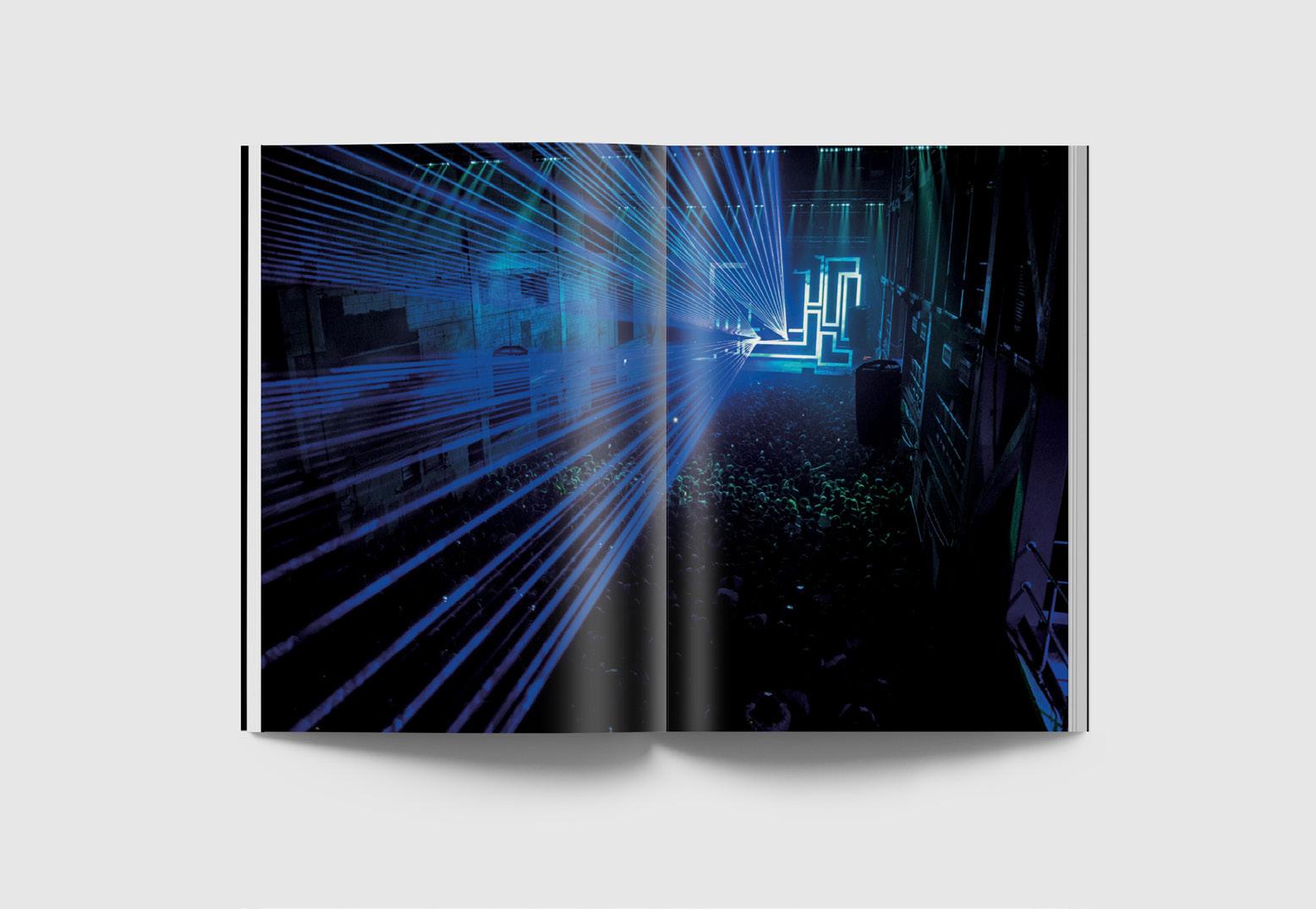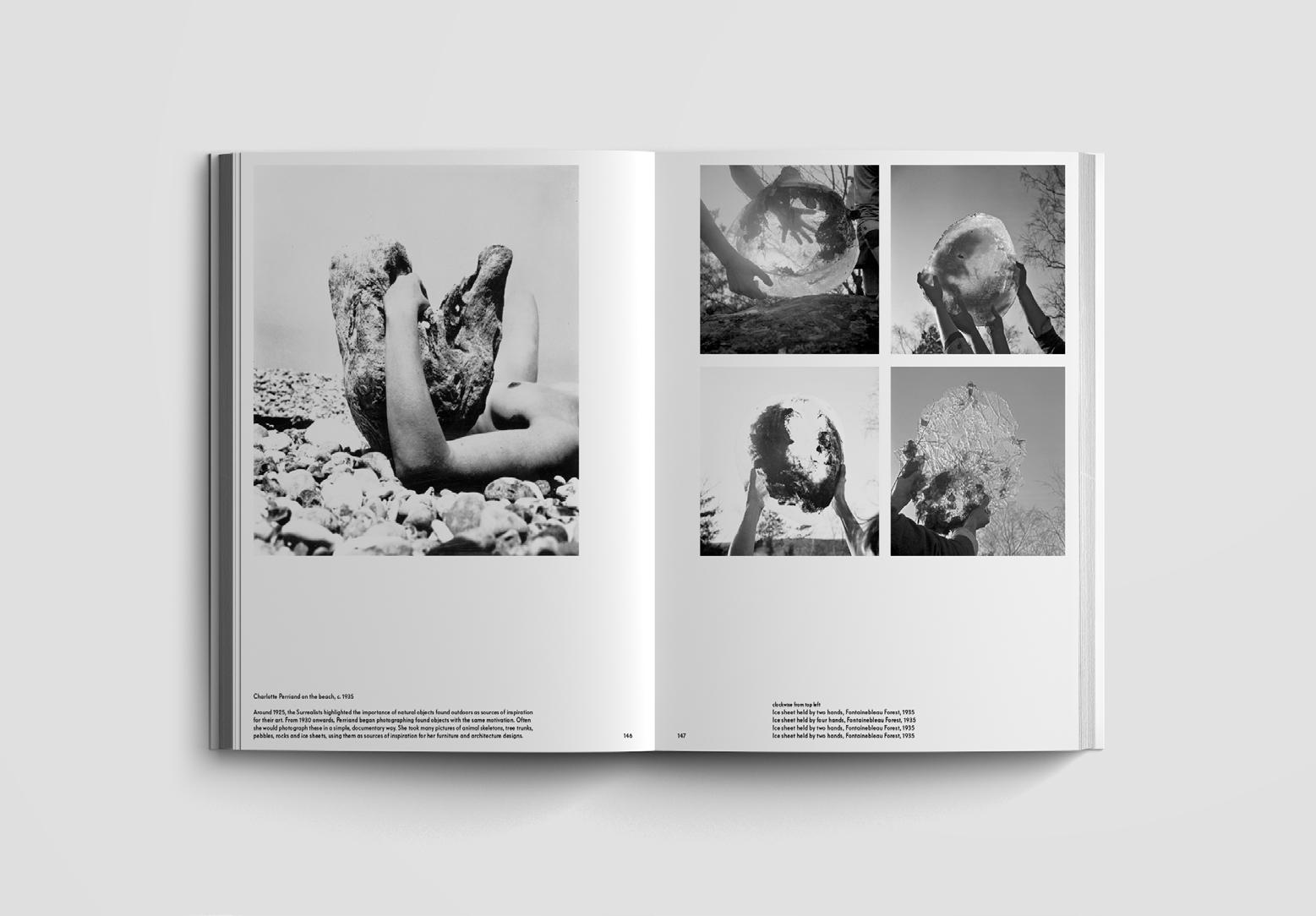
4 minute read
Surrealism and Design Now: From Dalí to AI





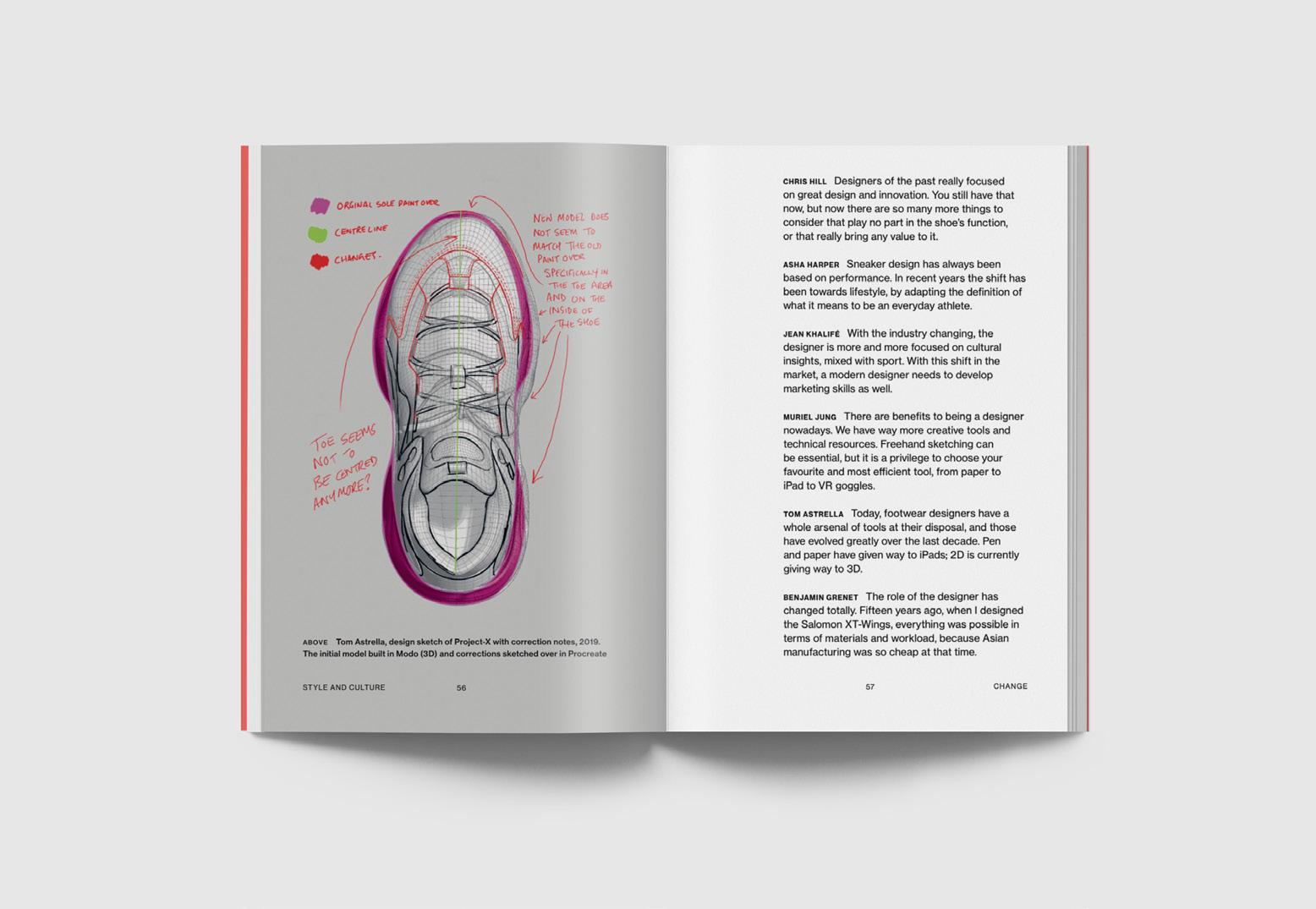
FEATURES The most comprehensive sneaker book to feature the thoughts, opinions, stories and insights of leading designers, creators and industry insiders who have shaped the global sneaker phenomenon.
Lavishly illustrated, featuring previously unpublished images, this book charts the journey of sneakers, exploring how and why they transitioned from athletic performance objects to symbols of style, status and belonging.
Contributors include industrydefining designers such as Alexander Taylor, Asha Harper, COTTWEILER, Helen Kirkum, Peter Moore, Samuel Ross, Steven Smith and many more.
Alex Powis is an art director, creative strategist, and copywriter working in cultural marketing, sneakers and sportswear. Brands he has worked with include adidas, asics, Dazed, Dimensions Levi’s, Nike, Puma, Reebok, Vans, and Vauxhall.
May 2021 210 x 143mm 176pp 100 colour and b/w illustrations Softcover | Worldwide rights £15.00 | $30.00 978-1-872005-53-9

Sneakers Unboxed: Studio to Street
Edited by Alex Powis
This is the first book to gather leading designers, creators and industry insiders to reflect on sneaker design and its ground-breaking impact on popular culture. Contributors provide insights into the evolution of sneakers from sportwear to style icons, the processes and people involved in sneaker design and its global future. Through conversations with the people directly involved in the creation of sneakers, it speaks to the next generation of sneaker designers and wearers by asking: who are the people involved in the design of a sneaker? How do their roles and approaches differ? How does their individual work contribute to the collective effort of making a sneaker? What will the future of sneaker design be? Richly illustrated, it includes iconic sneakers, drawings and sketches, prototypes as well as glimpses into the manufacturing process. Across three chapters – Style and Culture, People and Processes, The Future – the approaches and experience of industry leaders unfold the past, present and future of sneakers as style icons and cultural facilitators. Contributors turn to the next generation of designers with an open challenge to move the industry towards a more positive direction for both the people and the planet.
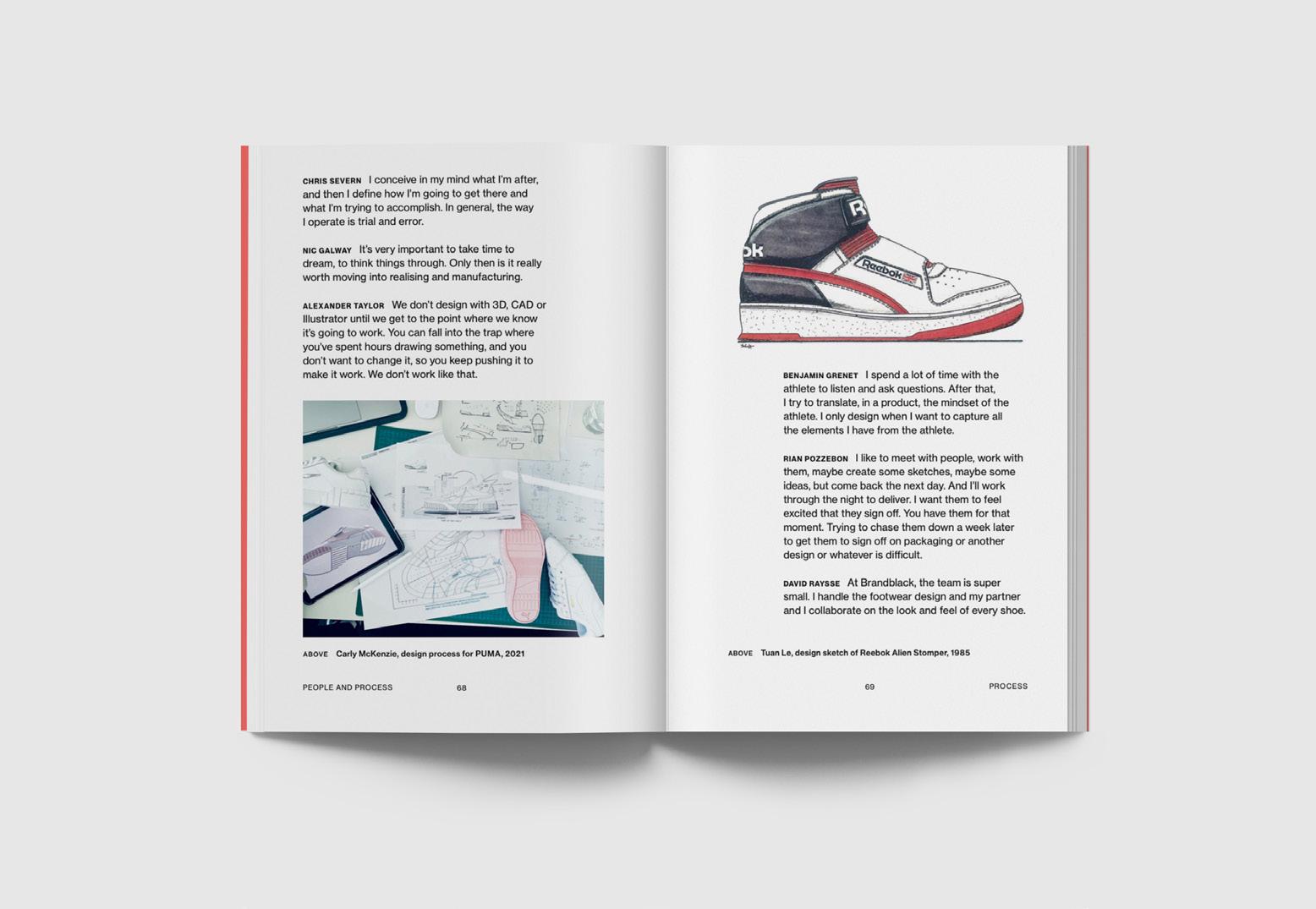

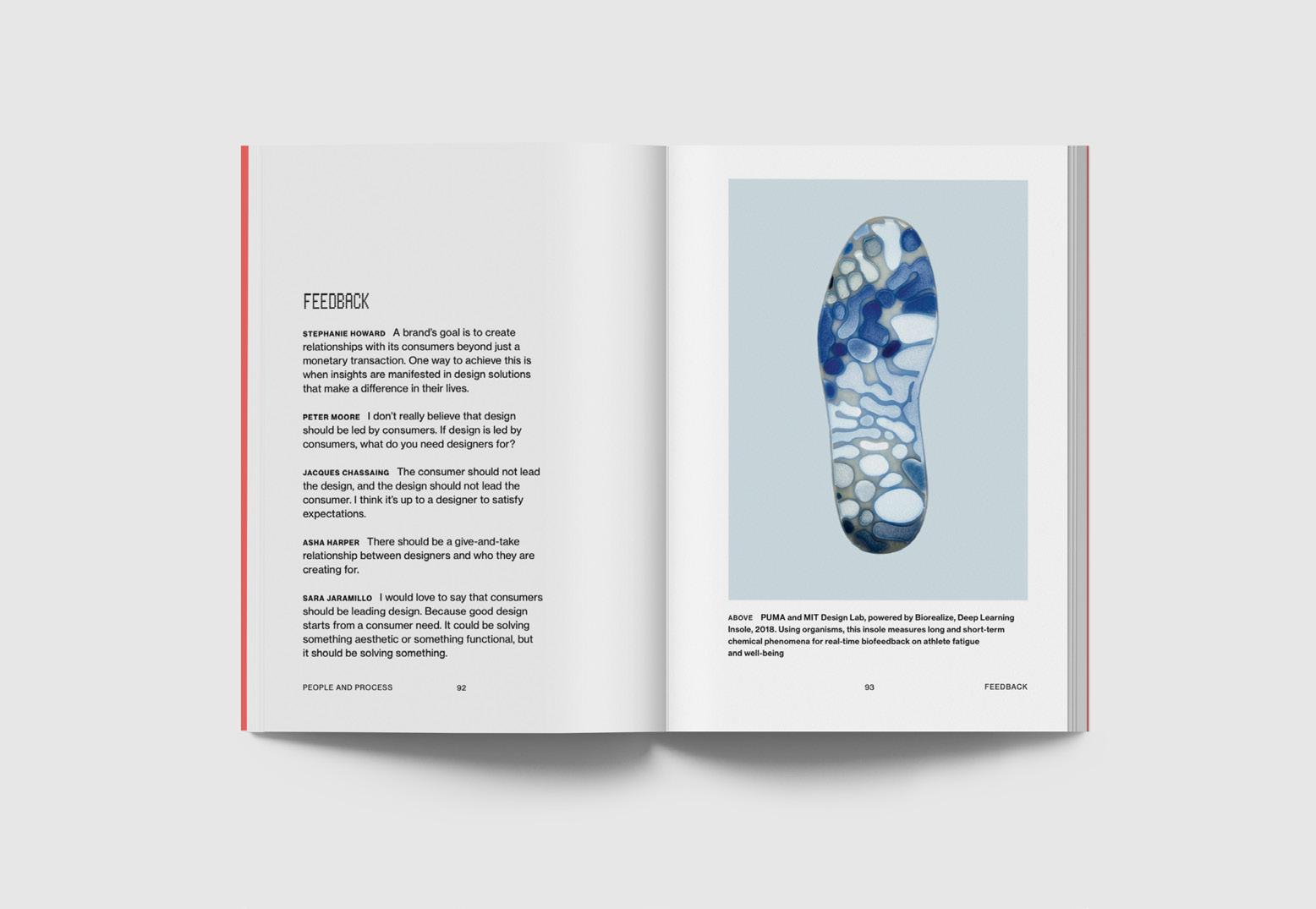


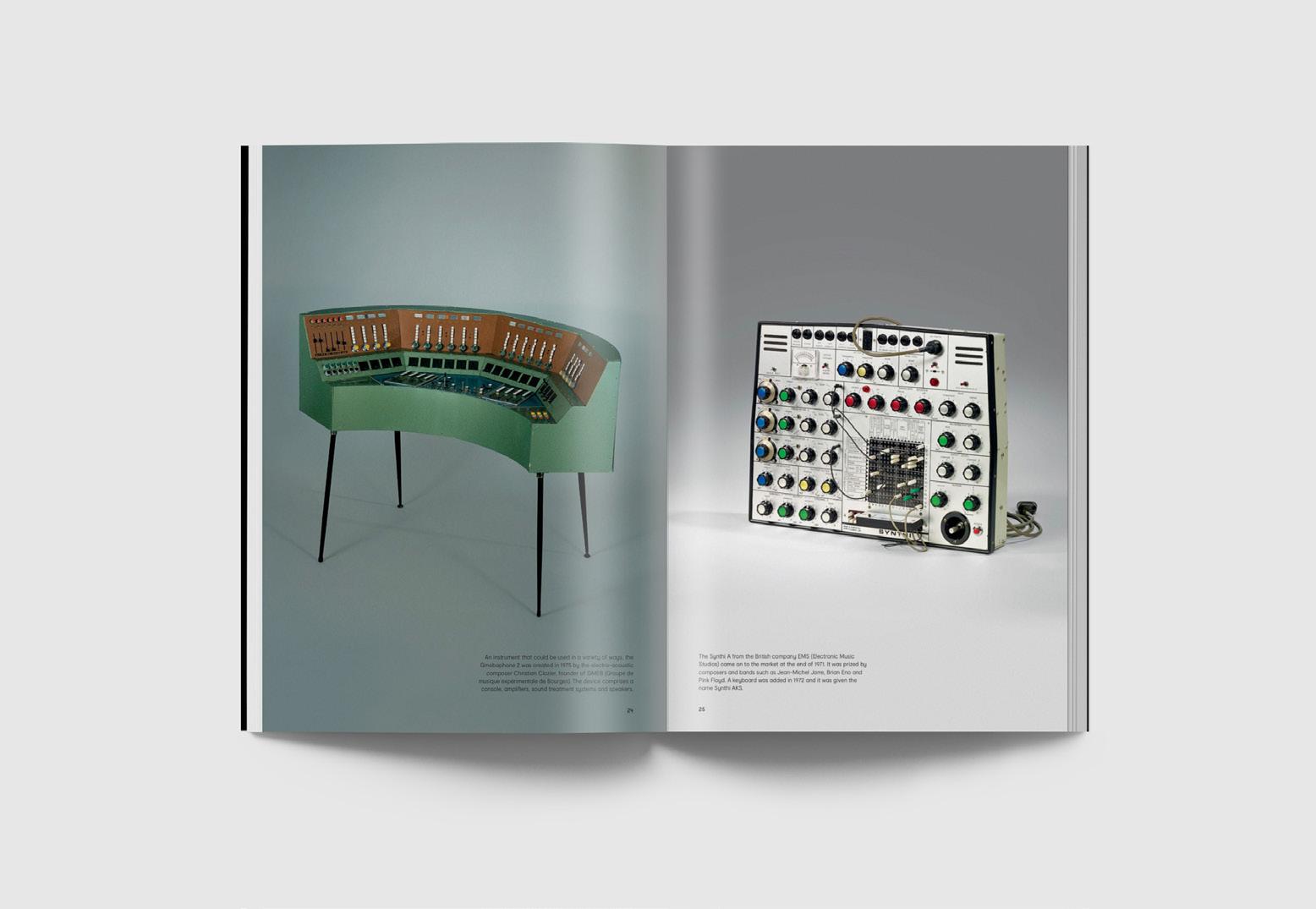

FEATURES One of the only books on the market which explores the crucial and creative role of design in the making and celebration of electronic music.
Richly illustrated with with over 300 images, some published here for the first time, including Jean-Michel Jarre’s virtual studio; work by pioneer Daphne Oram of the BBC Radiophonic Workshop; audiovisual performances by musicians like Bicep and the Chemical Brothers; fashion collections by Raf Simons and Charles Jeffrey of Loverboy; iconic photography by Jacob Khrist and Tina Paul; artwork by Christian Marclay; club graphics from Peter Saville and Mark Farrow; and iconic venues such as the Haçienda, Gatecrasher, Fabric, Berghain and the Warehouse Project.
Jean-Yves Leloup is a Paris- based journalist, musician and curator.
Gemma Curtin is curator at the Design Museum.
Maria McLintock is assistant curator at the Design Museum.
July 2020 210 x 148mm 192pp 300 colour illustrations Hardcover | Worldwide rights £25.00 | $30.00 978-1-872005-49-2

Electronic: From Kraftwerk to the Chemical Brothers
Edited by Jean-Yves Leloup, Gemma Curtin and Maria McLintock
This book offers a rare insight into the visual culture of electronic music, and how technology, design, art and fashion have contributed to its power. With its roots in Detroit and Chicago in the early 1980s, electronic dance music was popularised across Europe through underground rave parties. Its impact on contemporary culture is still unfolding today. Containing interviews with early pioneers such as techno legend Jeff Mills, The Designers Republic’s Ian Anderson, and those pushing the political dimension of electronic music, such as ballroom dancer and DJ Kiddy Smile, Electronic bears witness to the shifting nature of the genre. Reflecting the shifts in society over the past thirty years, electronic music has generated distinct visual languages as well as its own political and cultural ideals.





